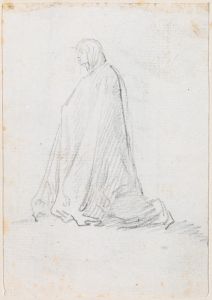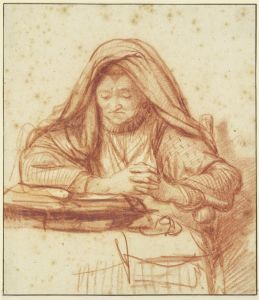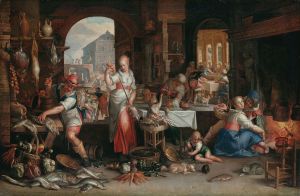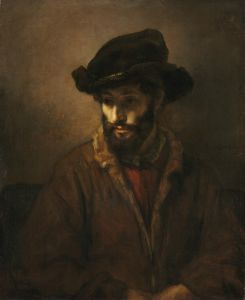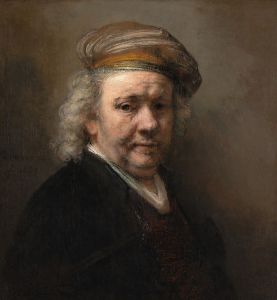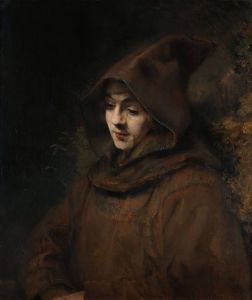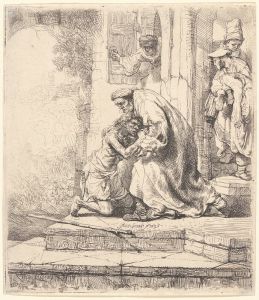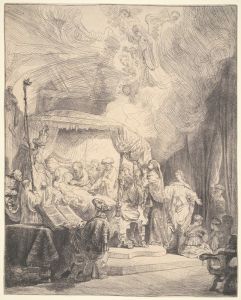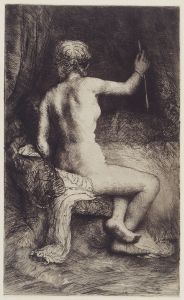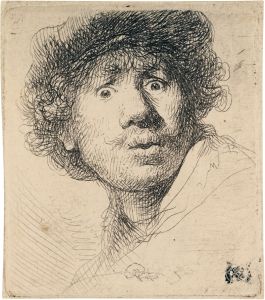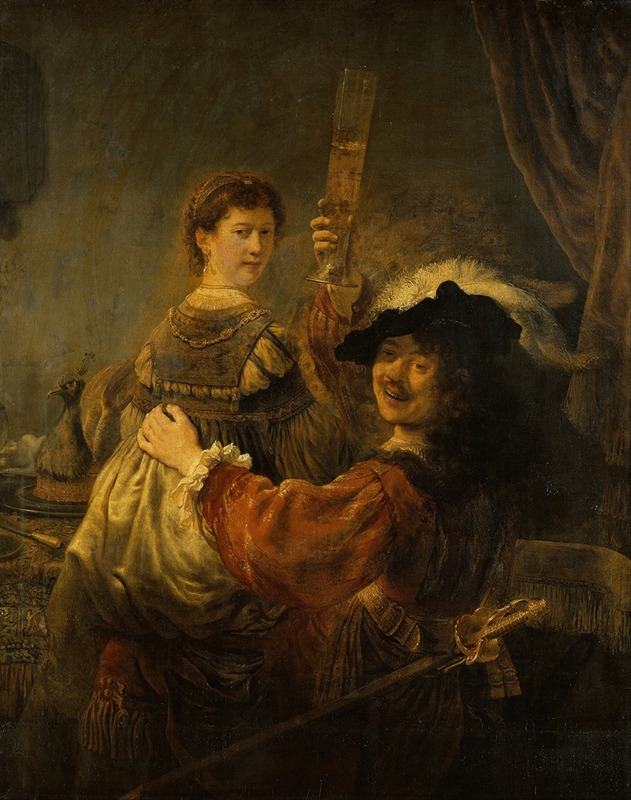
Rembrandt and Saskia in the Scene of the Prodigal Son
A hand-painted replica of Rembrandt van Rijn’s masterpiece Rembrandt and Saskia in the Scene of the Prodigal Son, meticulously crafted by professional artists to capture the true essence of the original. Each piece is created with museum-quality canvas and rare mineral pigments, carefully painted by experienced artists with delicate brushstrokes and rich, layered colors to perfectly recreate the texture of the original artwork. Unlike machine-printed reproductions, this hand-painted version brings the painting to life, infused with the artist’s emotions and skill in every stroke. Whether for personal collection or home decoration, it instantly elevates the artistic atmosphere of any space.
"Rembrandt and Saskia in the Scene of the Prodigal Son" is a painting by the renowned Dutch artist Rembrandt van Rijn. This artwork, created around 1635, is a notable example of Rembrandt's early work and is often discussed for its personal and historical context.
The painting depicts a scene from the biblical parable of the Prodigal Son, found in the Gospel of Luke. In this parable, a young man squanders his inheritance on reckless living but eventually returns home, repentant, and is warmly welcomed by his forgiving father. However, Rembrandt's interpretation of this story is unique and personal. Instead of focusing on the moment of the son's return, Rembrandt chose to portray himself and his wife, Saskia van Uylenburgh, in the roles of the prodigal son and a companion.
In the painting, Rembrandt appears as the prodigal son, dressed in lavish, exotic clothing, and raising a glass in a celebratory manner. Saskia, his wife, is seated on his lap, also dressed in luxurious attire, and they are surrounded by an opulent setting. This depiction is not a literal illustration of the biblical story but rather a more personal and intimate scene, possibly reflecting Rembrandt's own life and experiences.
Rembrandt married Saskia van Uylenburgh in 1634, and their marriage was a significant influence on his work during this period. Saskia came from a wealthy family, and her dowry provided financial stability for the couple, allowing Rembrandt to focus on his art. The painting is often interpreted as a celebration of their love and the prosperity they enjoyed together.
The artwork is also notable for its technical execution. Rembrandt's use of light and shadow, known as chiaroscuro, is evident in this painting. The contrast between the brightly lit figures and the darker background creates a dramatic effect, highlighting the subjects and adding depth to the composition. This technique became a hallmark of Rembrandt's style and contributed to his reputation as one of the greatest painters of his time.
"Rembrandt and Saskia in the Scene of the Prodigal Son" is housed in the Gemäldegalerie Alte Meister in Dresden, Germany. It remains an important piece in the study of Rembrandt's oeuvre, offering insights into his personal life and artistic development. The painting exemplifies Rembrandt's ability to blend personal narrative with historical and biblical themes, creating works that resonate on multiple levels.
In summary, "Rembrandt and Saskia in the Scene of the Prodigal Son" is a significant work by Rembrandt van Rijn, reflecting both his personal life and his mastery of painting techniques. It stands as a testament to his skill in capturing human emotion and his innovative approach to traditional subjects.





